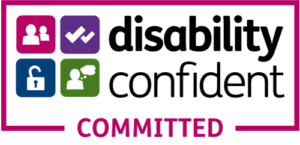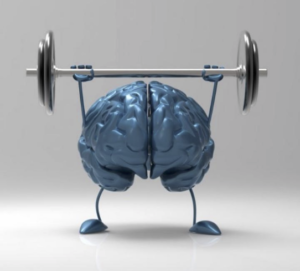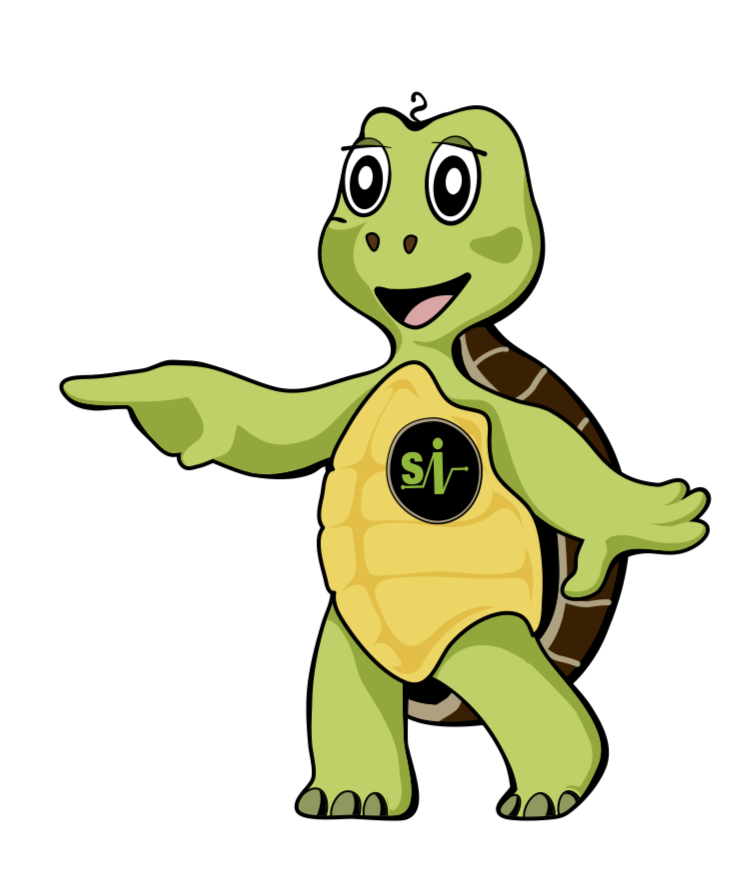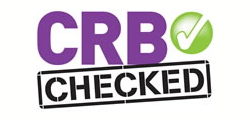Did you know that 1 in 6 people will have a STROKE?
What is a STROKE?
A Stroke is serious, just like a heart attack is, medical intervention is required. The term “Stroke” is used to describe the neurological damage caused by an abnormal blood flow to the brain.
Different Types of Stroke:
Ischaemic Stroke – These are a type of blood clot which can block the arteries and cut off blood flow.
Embolic Stroke – With an embolic stroke blood clot forms somewhere within the body and then moves, this kind is called a “cerebral stroke” While it may form in the arteries of the Chest or Neck a part may break off before travelling through the bloodstream to the brain.
Thrombotic Stroke – In this case, blood flow is impaired because of a blockage that has built up in one or more of the arteries supplying blood to the brain, most often in the large arteries such as the carotid artery or middle cerebral artery.
Haemorrhagic Stroke – This is what happened to me, basically a bleed, I had a large bleed to the brain on my left hand side, so resulting in the loss of feeling in my right hand side (as that is what Strokes do, they affect the opposite side of the body) therefore if the bleed is on the left hand side of the brain, then the right hand side is affected and vice versa.
TIA or Mini Stroke – Ok you’ve got off lightly, you have had what is known as a TIA (Transient Ischaemic Attack). This is the most common form of Stroke and effectively is a warning sign that a more serious one may be around the corner, so please go and get yourself checked out by a Doctor. This is a short outage to a body function lasting for less than 24 hours, resulting from a temporary reduction of blood supply to the brain Depending on the area of the brain affected by the TIA, the sufferer can have a temporary loss of a limb sensation or strength, a loss of vision and in some cases loss of consciousness and commonly the TIA can last for anything between two and fifteen minutes. TIA always should be investigated further and the cause found and if possible treated.
Are you at RISK?
You may wonder if you are at risk, well some of the things that can increase that risk;
Gender (Sex) – In people under 75, men have more strokes than women.
Age – You are more likely to have a stroke if you are over the age of 65. However even babies and children have Strokes!!
Family History – If a close relative has had a stroke, you are at a higher risk.
Ethnic Background – If you are from south asian or african -caribbean origin, again you are at higher risk.
Strokes though can happen to anyone, any age, any background.
Useful Advice
Every Stroke Patient will really appreciate you taking time to communicate slowly and allow the patient to get their point across even if you don’t agree, just be an ear to listen.
Its not just about the patient or survivor, Stroke has an emotional impact to ALL family members, so maybe try and ask them how they are feeling and if there is anything that you can do to help (that will mean an awful lot).
Anatomy of the Brain
Lobes of the Brain – The three main components of the brain are the cerebrum (1) , the cerebellum (2) and the brainstem (3). They have distinctive functions – (1) is the largest and the most developmentally advanced part of the brain. It is responsible for several higher functions including higher intellectual function, speech, emotion, integration of sensory stimuli of all types, initiation of the final common pathways for movement and fine control of movement.
(2) Is the second largest area and is responsible for maintaining balance and further control of movement and coordination.
(3) The brainstem is the final pathway between cerebral structures and the spinal chord. It is responsible for a variety of automatic functions, such as control of respiration, heart rate, blood pressure, wakefulness, arousal and attention.
**Remember – Every Stroke is different, we as survivors are all individual and each and everyone of us will have their own story to tell.
7 Types of DYSARTHRIA & THEIR
CHARACTERISTICS
1 – ATAXIC
Irregular articulatory breakdowns, imprecise consonant production – due to damage to the cerebellum or the cerebellar control circuits – common causes include degenerative diseases, stroke, toxic conditions, traumatic brain injury and tumours.
2 -FLACCID
Hyper nasality, breathy voice, imprecise consonants – due to lower motor neurones used in speech, common cases include physical trauma, brainstem stroke, Myasthenia gravis, Guillain-Barré syndrome and polio.
3 – HYPERKINETIC
Vary depending on associated movement disorder; typically involuntary movements – in many cases damage to the basal ganglia; however some disorders have no known cause. Common causes include chorea, myoclonus, tics, essential tremor and dystonia.
4 – HYPOKINETIC
Tremor, Bradykinesia, muscular rigidity, akinesia, pastural reflex disturbances – damage to the basal ganglia – common causes, Parkinsons disease, neuroleptic induced Parkinson’s, traumatic head injury, toxic metal poisoning and stroke.
5 – MIXED
Here they vary depending on associated cause / disorder – damage involving more than one portion of the motor system, any combination of pure dysarthria – common causes include MS, multi systems atrophy, ALS, Wilsons disease and Friedreich’s ataxia.
6 – SPASTIC
Harsh vocal quality, reduced stress, mono pitch, imprecise consonants – bilateral damage to the pyramidal and extrapyramidal systems. Common causes include stroke, als, traumatic head injury and MS.
7 – UNILATERAL UPPER MOTOR NEURON
Aphasia of speech, aphasia left hemisphere damage – damage to the upper motor neurones on only one side of the brain. Common causes include stroke, tumours and traumatic brain injury.









